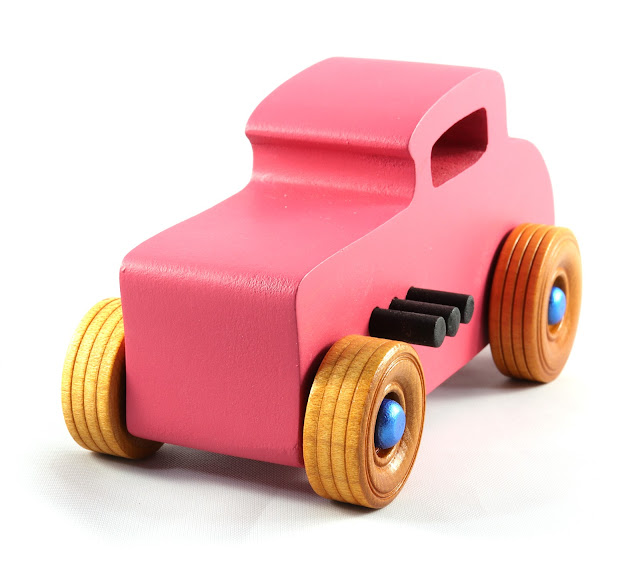The Evolution of My Toy Maker's Shop Pegboards

Several versions of the peg board used in my shop are 3/4-inch plywood, 3/4-inch plywood with hardboard backing, lazy susan, and 3/4-MDF with hardboard backing. As a toy maker, I rely on my pegboards for painting and finishing my toys. But over the years, I've learned that not all pegboards are created equal. In this post, I'd like to share my journey of experimenting with different materials and designs to find the perfect pegboard for my needs. My first attempt at a pegboard was made from thin, narrow wood. While it looked nice, I quickly realized that the holes were spaced too far apart, and the wood needed to be heavier to prevent tipping when loaded with toy parts. So, I switched to 3/4-inch BC plywood and drilled the holes almost all the way through. The plywood worked better, but I still found that the board would tip if I tried to hang anything too heavy. It needed to be broader, heavier, and have deeper holes. Next, I tried drilling through the plywood and gluing it ...


